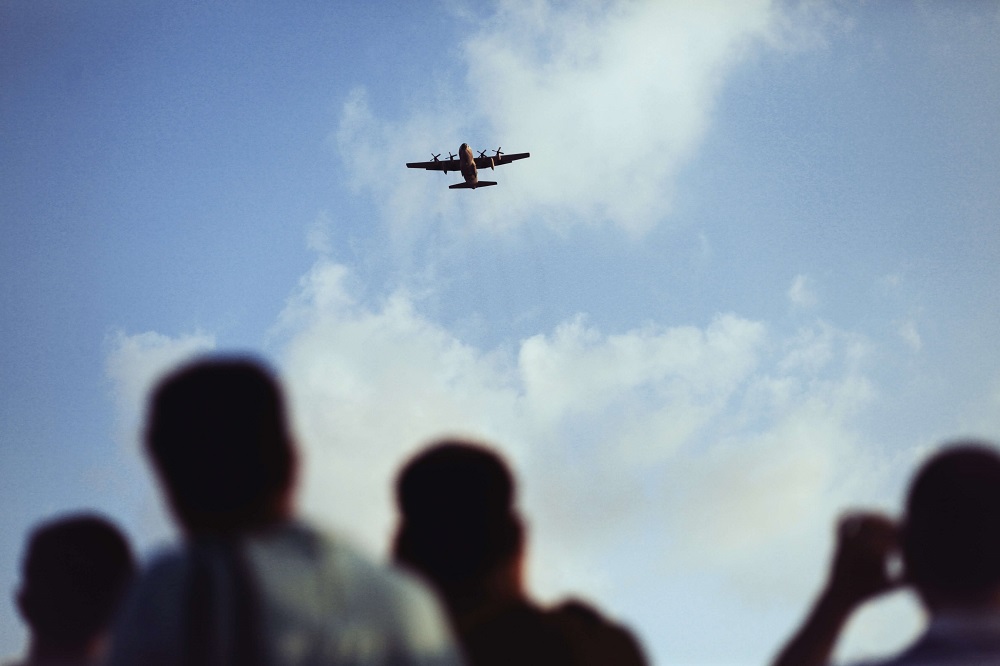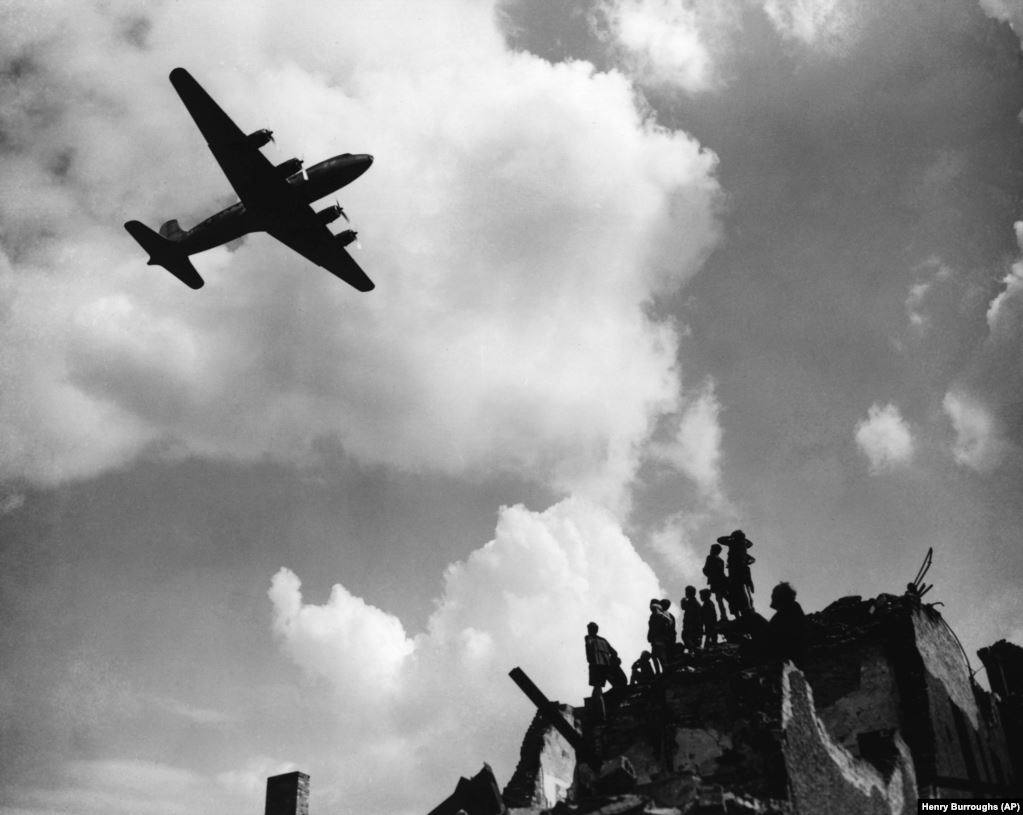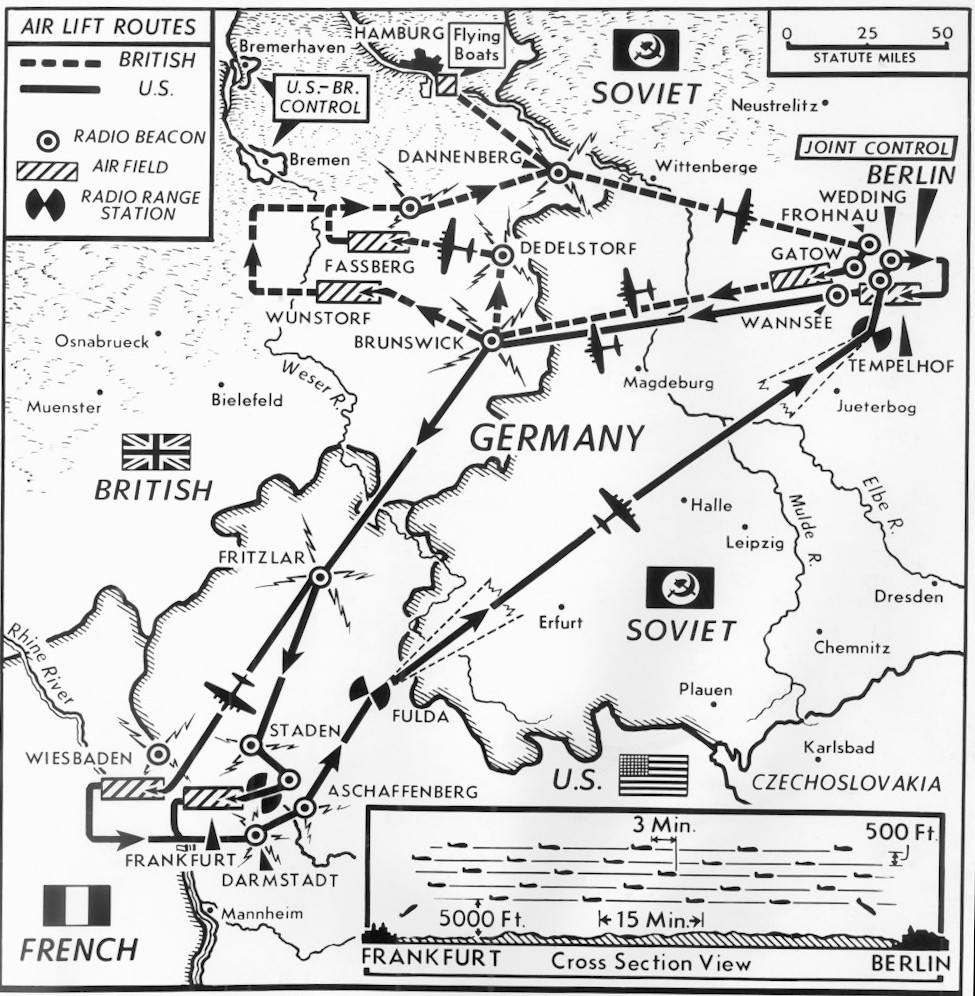Three years after Germany’s unconditional surrender on May 8, 1945 and the resulting occupation by the four victorious powers, Berlin experienced a crisis that from today’s perspective appears as the first great conflict of the Cold War. The Soviet blockade of West Berlin confronted the Western powers with virtually insoluble problems. While the causes of the blockade were varied, the immediate occasion was a currency reform.
The Western powers announced the currency reform on June 18 and it was implemented two days later. As an immediate response, the Soviet military administration interrupted passenger traffic to and from Berlin on June 19 in order to protect itself against the expected flood of now worthless Reichsmarks. Only the air corridors on which the four victorious powers had agreed in the Air Agreement of 1945/46 were unaffected. For that reason, the three Western powers began the airlift to Berlin to supply the city and its approximately two million inhabitants with the necessities. It lasted from June 26, 1948 to May 12, 1949.
During that time, the pilot Gail Halvorsen founded “Operation Little Vittles,” an effort to raise morale in Berlin by dropping candy via miniature parachutes to the city's residents.
In June 2019, about 40 historic “Raisin Bombers” returned for the 70th anniversary of the Airlift. At the airports in Wiesbaden-Erbenheim, Fassberg and Berlin/Schoenhagen, crews and machines were on display to the public. It became an “air bridge to touch.”
Based on the text “The Berlin Airlift 1948/49“, @ AlliiertenMuseum Berlin





